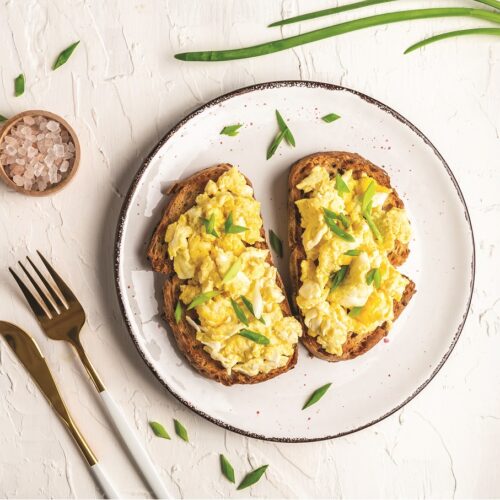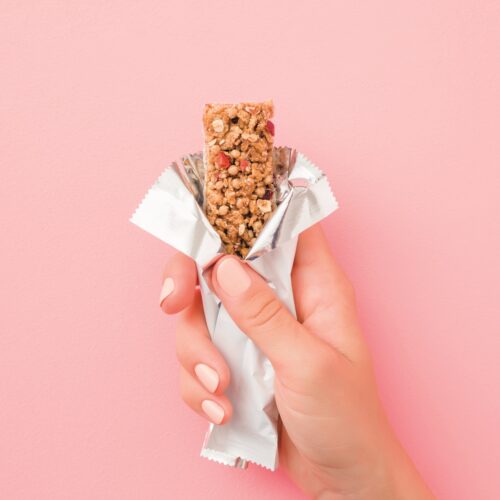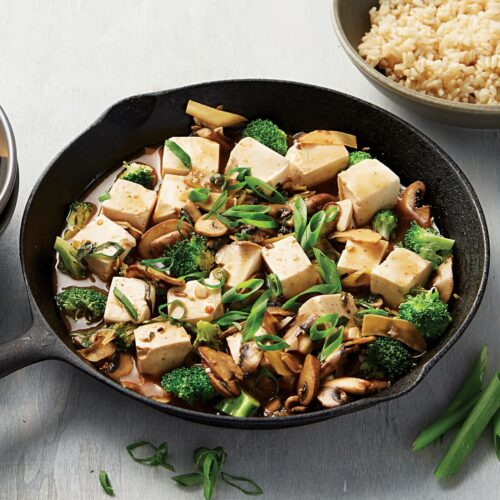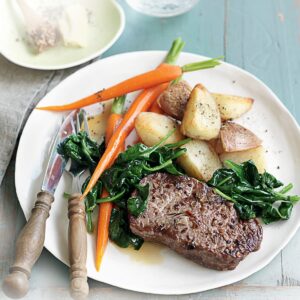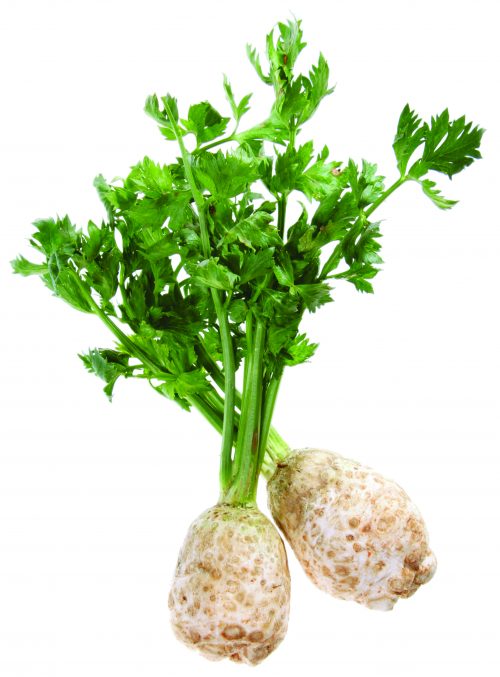
Celery belongs to the plant genus Umbelliferae, along with carrots and parsley.
Celery
Buying
Choose a compact bunch of vibrant green-leaved celery stalks that look crisp and snap easily when pulled apart.
Storing
Place a bunch of celery wrapped in a plastic bag or damp cloth and store in the refrigerator. If celery has wilted, sprinkle it with a little water and place it in the fridge where it will soon regain its crispness.
Nutrition
Celery has a very high water content of around 93 per cent, and it contains fibre, making it a great low-kilojoule snack. It also contains the flavone apigenin, which has been shown to act as an anti-inflammatory and anti-carcinogenic compound.
Using
Break/cut celery from the base, wash clear of dirt and remove any fibrous strings by stripping strings away with a knife. Raw celery makes a great snack for kids (or adults): dip trimmed pieces into Marmite. Or dip in peanut butter then sprinkle with raisins. Or serve celery batons with cheese or cottage cheese. Add chopped raw celery to a salad (try our Chickpea salad) or add the leaves to salads. Using celery in stuffing, stocks, soups, stir-fries, sauces and stews adds great flavour (try our Thai rice sambal).
Celeriac
Celeriac is the bulbous stem base of a particular type of celery. It is large (tennis ball to melon-sized) and knobbly with a nutty, celery flavour. Celeriac flesh is white and it can be used in recipes which call for celery. Pick a smooth, heavy vegetable, easier for peeling in preparation and store celeriac in the fridge for up to two weeks. While celeriac can be eaten raw added to salads (like celery), and it makes a classic French dish served raw with a remoulade sauce (Dijon mustard, lemon juice, mayo and seasoning), use celeriac to enhance the flavour of soups and stocks, or boil and serve celeriac mashed either on its own or with potatoes. Celeriac can also be baked whole, much like a kumara, in its skin. Simply remove the skin to eat the cooked flesh.
Did you know? In Ancient Greece, the laurels worn on renowned athletes’ heads were made of celery leaves.
www.healthyfood.com



